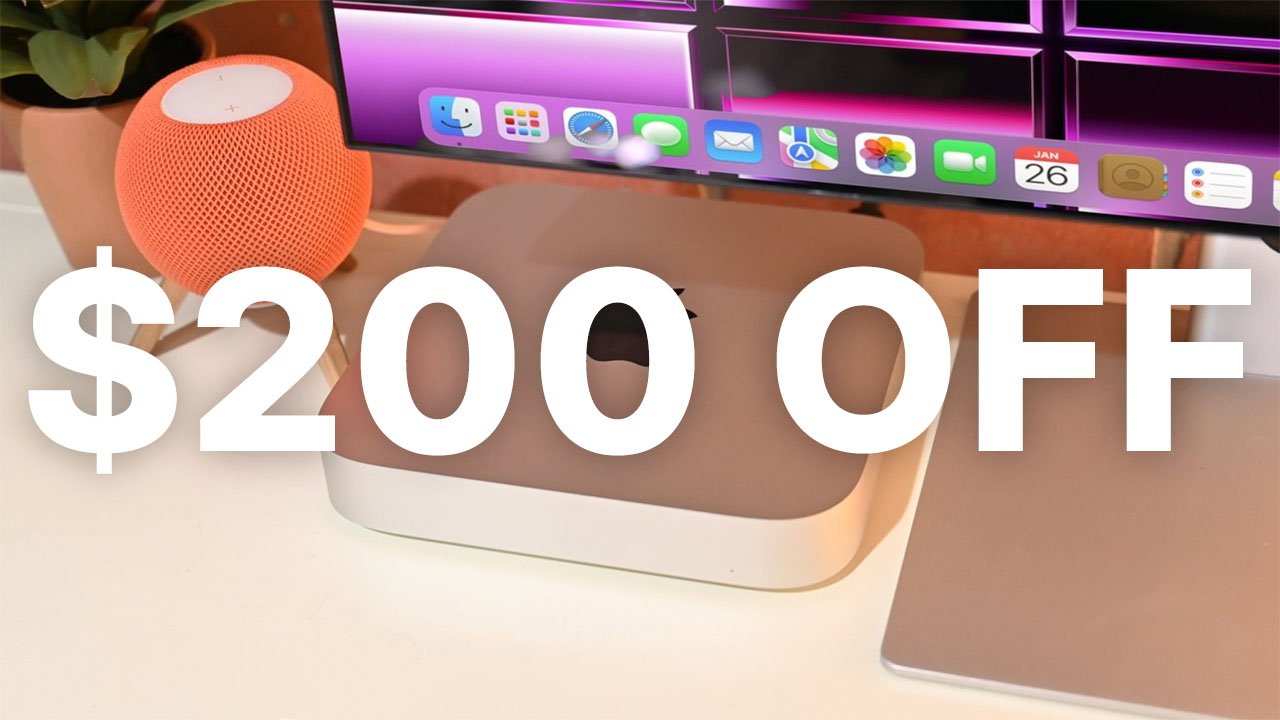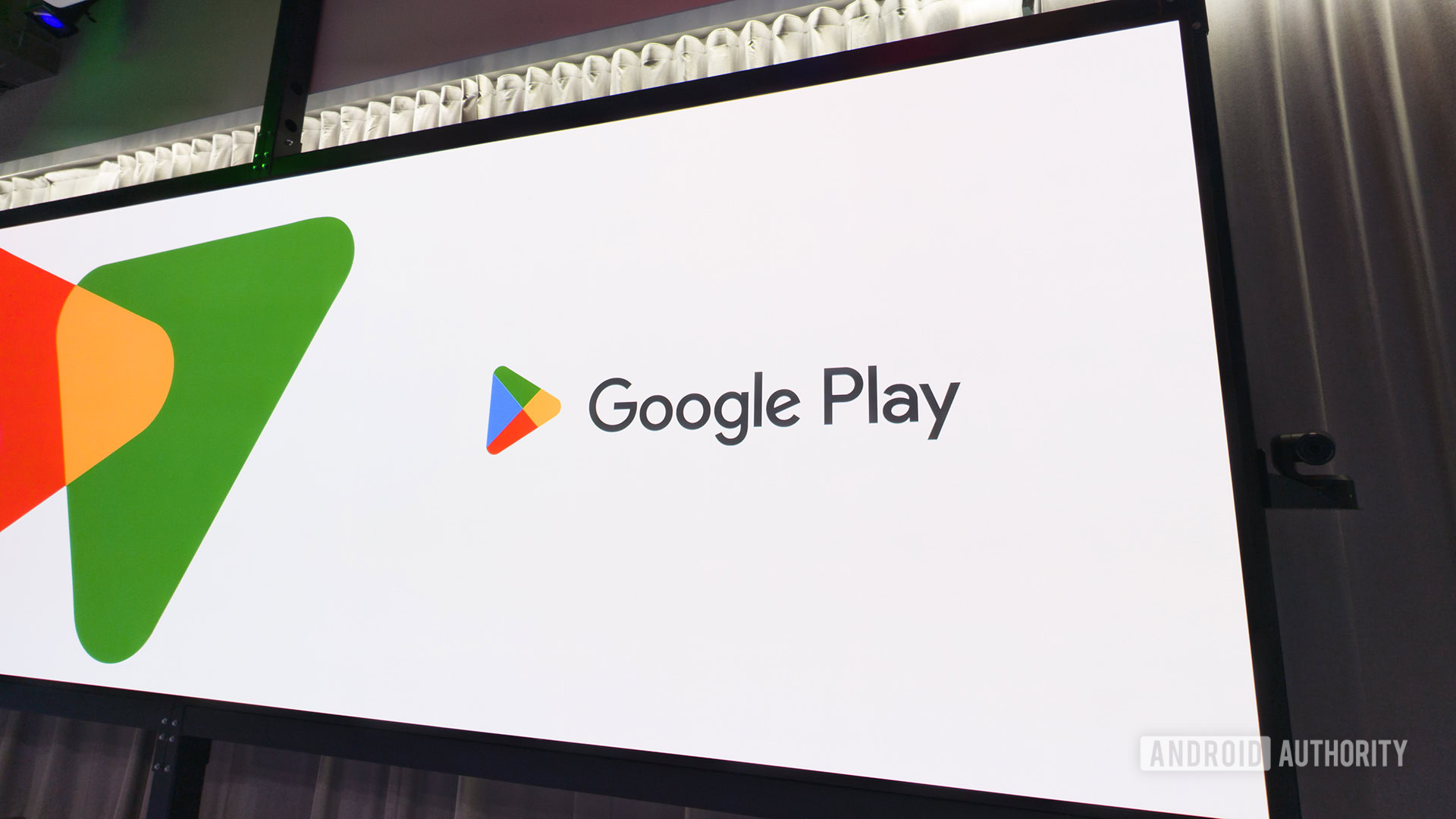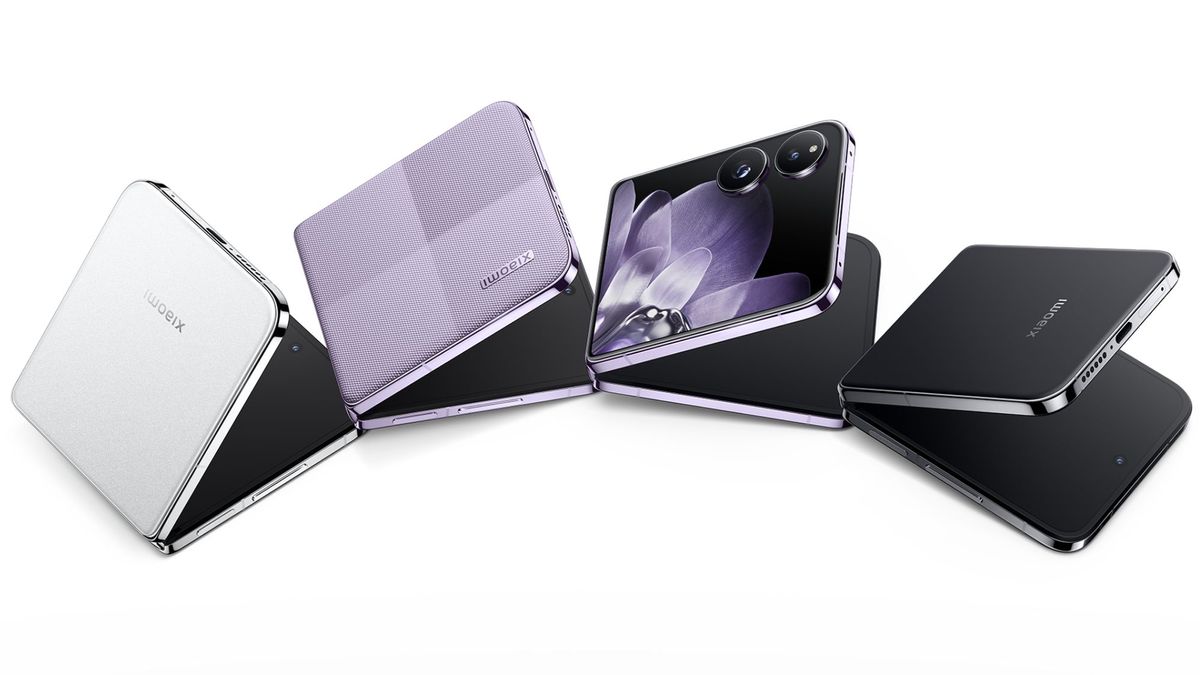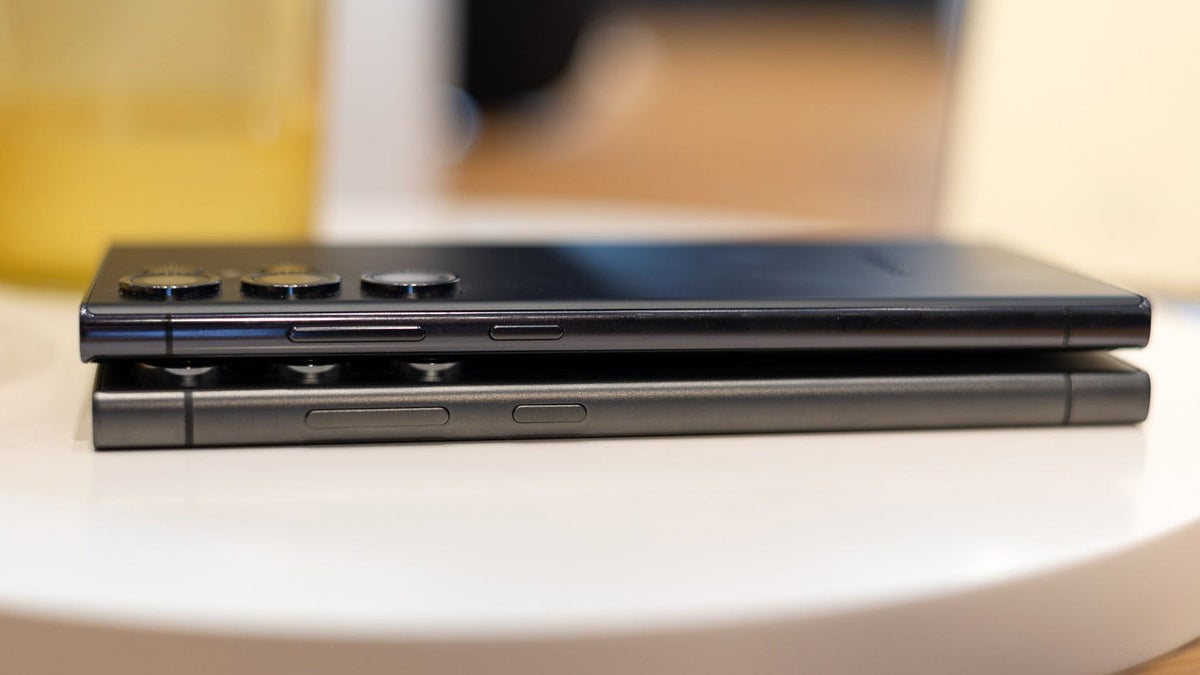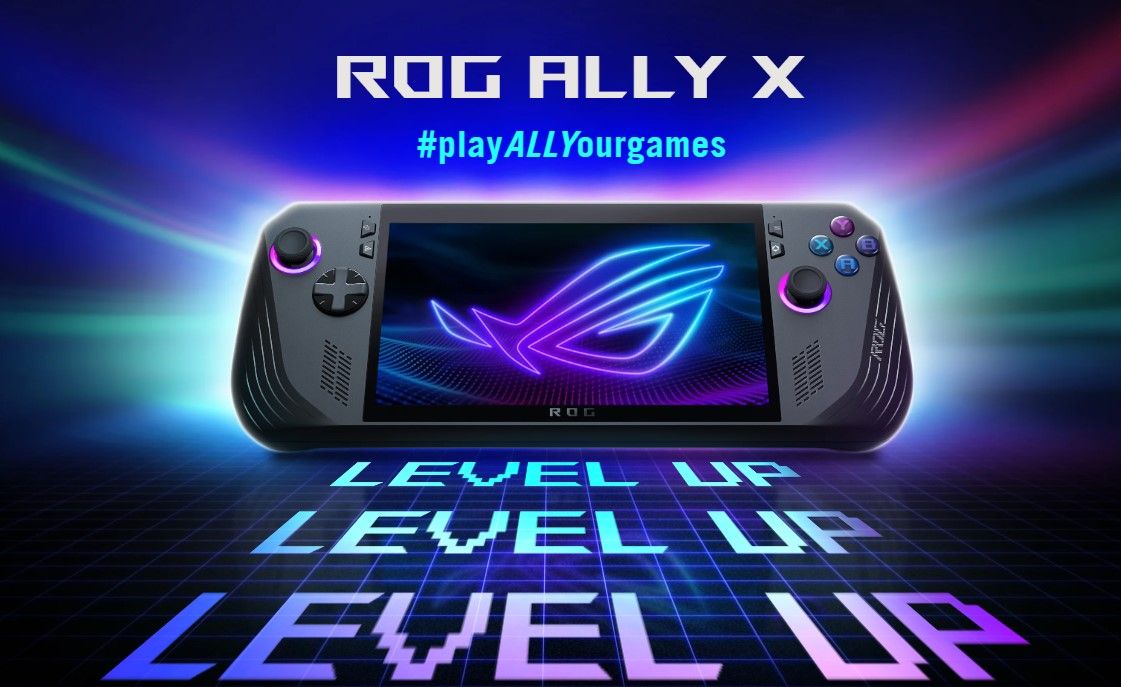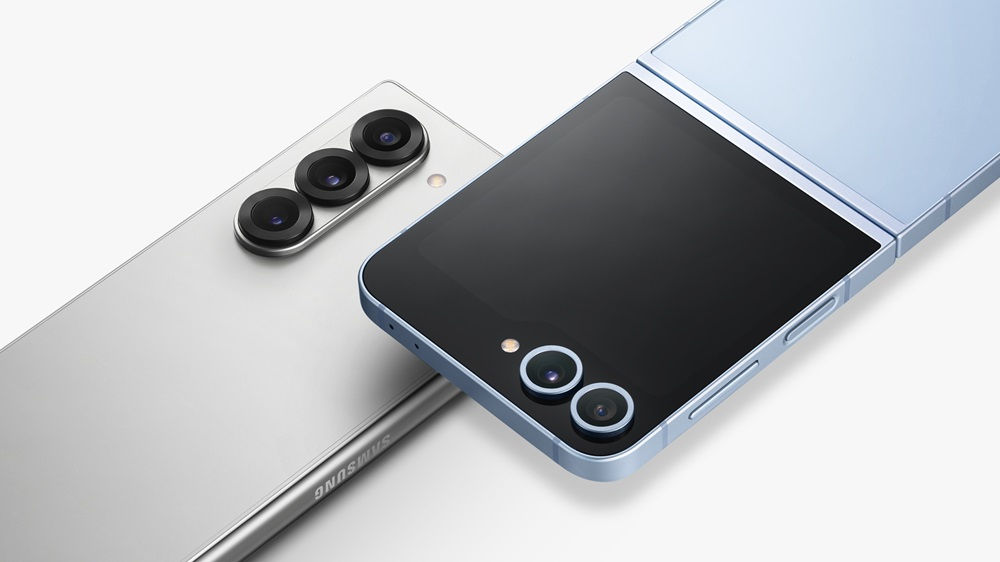From bgr.com
It’s been a rocky year for Microsoft Surface fans. After the Surface Hub, Surface Laptop Studio, Surface Laptop Go, and Surface Go received relatively minor updates, the community was shocked when Panos Panay, the father of the Surface lineup, announced that he was leaving Microsoft after a 20-year career and heading to Amazon.
Panay will be replacing Amazon’s outgoing Dave Limp and taking over the company’s division that heads up its ambitions with Alexa and its Echo speakers. While some thought that Panay’s exit marked the death of the Surface family, Microsoft said that it remained committed to the product lineup. So, what’s next for Surface?
According to a new report from Windows Central, the company is working on “major” updates for the Surface Pro 10 and Surface Laptop 6. Both products are expected to be released sometime in 2024. The outlet’s Zac Bowden said that the new products will “feature significant upgrades with improved designs, new features, and next-gen silicon in the form of Intel 14th-Gen and Qualcomm X Series chips.”
Bowden says that, according to his sources, the new products will be announced in the spring and will be marketed as Microsoft’s “first true next-gen AI PCs.” The products will be offered in both Intel and Arm configurations, which will be “purpose-built for the next version of Windows, codenamed Hudson Valley, and will utilize many of the upcoming next-gen AI experiences Microsoft is building into the 2024 release of Windows.”
Specifically, Microsoft touts CADMUS PCs as being genuinely competitive with Apple Silicon, sporting similar battery life, performance, and security. The next Surface Pro and Surface Laptop are expected to be some of the first CADMUS PCs to ship next year in preparation for the Hudson Valley release coming later in 2024.
The Surface Laptop 6 will reportedly feature a new design with thinner bezels, rounded display corners, and more ports. It will be available in a 13.8-inch and 15-inch display and come with two USB-C ports, one USB-A port, and the Surface Connect port. The company is also upgrading the trackpad to haptic technology and adding a dedicated Copilot button on the keyboard.
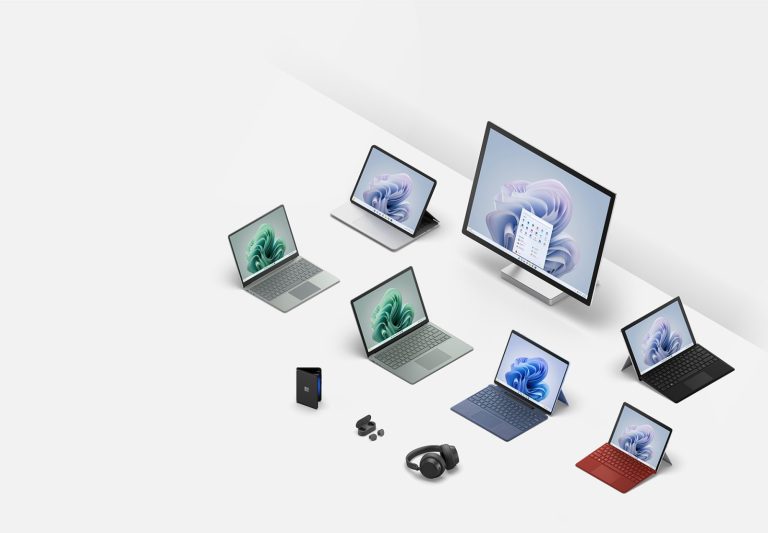
The Surface Pro 10 will receive a new display that will be brighter with HDR support, an anti-reflective coating, and rounded display corners. The company is also considering offering a lower-tier configuration with a worse-resolution display of 2160 x 1440. The new Surface Pro could also come packed with an NFC reader, feature a wider webcam, and come in a wider range of colors. The keyboards will also get that dedicated Copilot button.
I’ve also heard that Microsoft is testing a version of Surface Pro 10 with a slightly lower-resolution 2160 x 1440 display, down from the 2880 x 1920 screen found on previous Surface Pro models. Sources say this lower-resolution panel is only being considered for lower-tier models, meaning the more expensive models will continue to ship with the higher-resolution display.
Bowden says that the company is also working on a new Surface Laptop Go, a commercial-only version of the Surface Pro and Surface Laptop, a new Surface Laptop Studio, and a bigger design update for the Surface Pro like a new 11-inch model that could debut in 2025.
With all of that coming up, it does seem that Microsoft was true to its word when it said that it was staying true to the Surface product lineup when Panay left earlier this year. It looks like there’s a lot to look forward to over the next couple of years!
[ For more curated tech news, check out the main news page here]
The post Surface Pro 10 and Surface Laptop 6 will be Microsoft’s ‘first true next-gen AI PCs’ first appeared on bgr.com



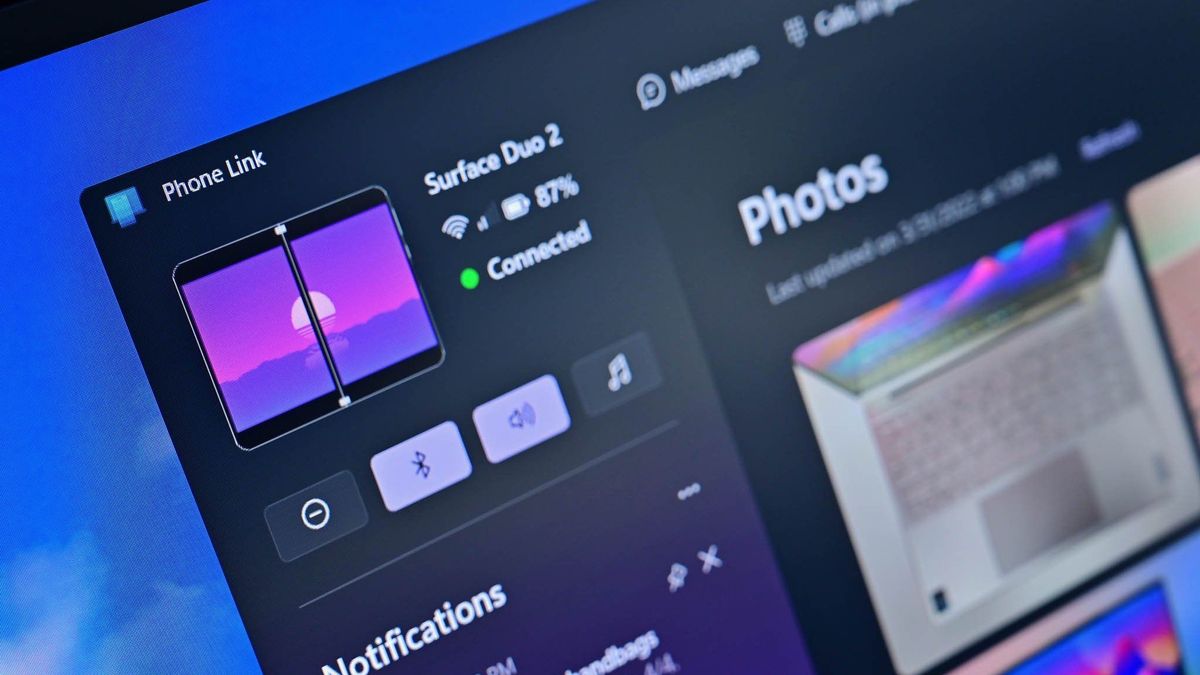

/cdn.vox-cdn.com/uploads/chorus_asset/file/25546355/intel_13900k_tomwarren__2_.jpg)


